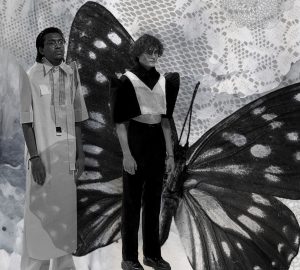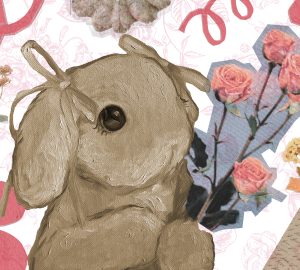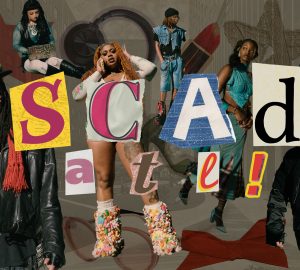An act that can lead your way or leave you static

As many fashion professors have said, the trends we have today are not original and what we see are mere reproductions of previous social hits. Accessories and pieces like the padded headband, flared pants and dad sneakers have been worn to death.
It isn’t a problem to the industry and the brands, because it gets people invested in consuming these modern adaptations of a past trend. It feels as if they were new by the way they style the looks for the runway.
As a society, this act doesn’t say much about us, but it does show how we are able to act in a clever and convenient way. In the book “The Philosophy of Fashion” by Georg Simmel, it is mentioned that such action is a representation of separating from living and moving with a group to being an individual and alone.
Since that movement adds to our whole as a person, it covers the fact that we are unable to create something personal or original. The positive side of imitation in fashion is that anyone who imitates is not alone, because it transfers a sense of pressure to others.
When we copy a trend we feel the demand of doing it right and visit social media to gain a sense of inspiration. While what we might look at is not truly original or innovative, one feels sure and safe following it because it frees from error and ridiculousness.
It’s not a crime to feel attraction to a certain trend and try to style it the same way it was done. There is failure because the intention of doing so has the end purpose of “everyone else is doing it.” A consumer’s main purpose of copying fashion should be to reach and identify finality in that action. However, it seems that when someone performs the act of imitation to stand out or be unique within a group, it often gains negative feedback.
Imitating fashion through an aesthetic or style can be seen as a form of flattery but it can also be misinterpreted by society.






















